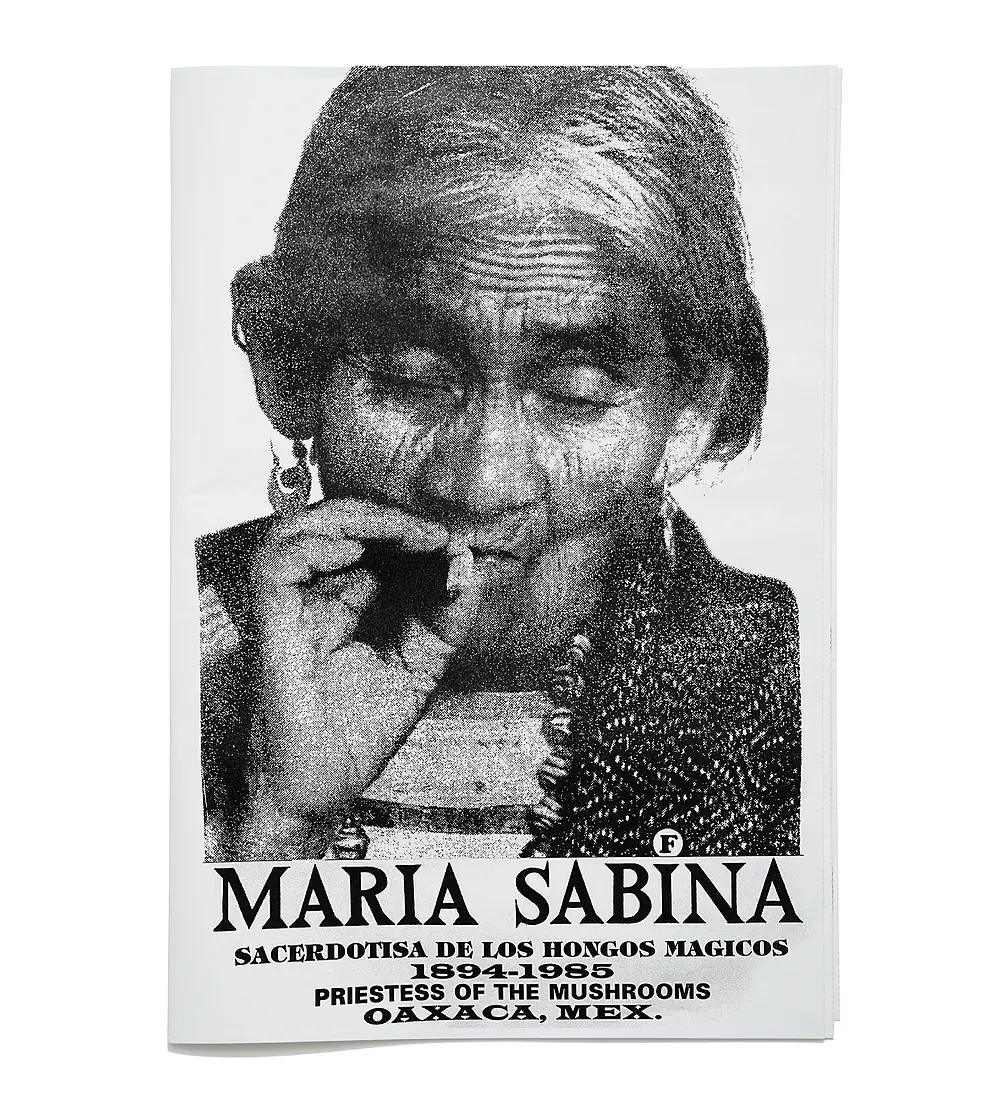Grandma's Secret: CIA Pursuit, JP Morgan's Obsession, and a Musical Revolution

The Extraordinary Story of María Sabina and the Mushroom That Changed the World
The story of María Sabina, a Mexican healer from the Teotitlán district of Oaxaca, is one of cultural exchange, scientific discovery, and personal transformation. Her life became intertwined with that of Gordon Wasson, a banker with an unusual passion for mushrooms, leading to a global phenomenon that would forever change how the world viewed psilocybin.
Benoît Coquil, a professor of Latin American Civilization and Literature at the University of Picardía, Amiens, explores this remarkable tale in his book Cositas (Seix Barral). The narrative delves into the real-life encounter between María Sabina and Wasson, which ultimately propelled the mystical mushroom known as Psilocybe into the international spotlight.
A Life Shaped by Tradition and Tragedy
María Sabina was born into a Mazatec community, where she learned the ancient practices of her ancestors. As a child, she was raised by her maternal grandparents, who taught her the art of farming and silkworm cultivation. At 14, her future seemed predetermined—marriage was her only option. But after becoming a widow at 18, she found herself free to reclaim the knowledge of her people, including the sacred practice of using mushrooms in spiritual ceremonies.
She called these mushrooms “sacred children,” and they played a central role in her healing rituals. However, her life took a dramatic turn when she married Marcial, a sorcerer who feared her growing power. Their relationship ended tragically, with Marcial being killed by her children. This event fueled local legends about the supernatural powers of the mushrooms, which would later become a key part of María’s story.
The Encounter That Changed Everything
In 1955, Gordon Wasson, a former vice president at JP Morgan, traveled to the Mazatec mountains with his wife, Valentina Pavlovna, a Russian-American pediatrician. Both shared a fascination with mushrooms, and their journey led them to María Sabina. Under the promise of secrecy, they participated in a ceremony involving Psilocybe, a type of hallucinogenic mushroom.
Wasson documented the experience, taking photographs and recording chants. Upon returning to the United States, he published a detailed article in Life Magazine in 1957, sparking widespread interest in the mystical properties of the mushroom. This exposure led to a surge of visitors seeking out María’s village, transforming it into a hub for psychedelic tourism.
The Ripple Effects of Discovery
The impact of Wasson’s report extended far beyond Mexico. It inspired figures like John Lennon, Jimmy Hendrix, Walt Disney, and chemist Albert Hoffman, who all explored the potential of psilocybin. However, the consequences were not entirely positive. María Sabina faced accusations of profiting from her culture, and many visitors misused her knowledge, leading her to feel betrayed.
Her life was marked by both recognition and hardship. She lived in poverty during her final years, relying on income from her healing work. Meanwhile, Wasson, despite his admiration for her, felt a deep sense of guilt over revealing her secrets to the world.
Cultural Appropriation and Ethical Dilemmas
The story raises complex questions about cultural appropriation and the ethics of scientific discovery. While Wasson’s actions brought attention to indigenous practices, they also led to the exploitation of María’s heritage. The naming of the mushroom Psilocybe Wassonii highlights the Western tendency to claim credit for discoveries made by indigenous communities.
Coquil’s narrative reflects on the broader implications of such encounters. He notes that while cultural exchange is inevitable, there are clear limits when one group profits from another’s uncommercialized traditions. The case of María Sabina serves as a cautionary tale about the delicate balance between sharing knowledge and respecting its origins.
The Legacy of María Sabina
Today, the debate around psychedelics continues, with increasing scientific interest in their therapeutic potential. Researchers are beginning to recognize the value of traditional healing practices, much like those of María Sabina. Yet, the question remains: can the West truly appreciate these practices without repeating the mistakes of the past?
As Coquil suggests, the story of María Sabina is more than just a historical account—it is a reflection of the ongoing struggle between tradition and modernity, between exploitation and respect. Her life, once hidden in the shadows of the Mazatec mountains, now stands as a symbol of the power of ancient wisdom and the responsibility that comes with its discovery.
Post a Comment for "Grandma's Secret: CIA Pursuit, JP Morgan's Obsession, and a Musical Revolution"
Post a Comment